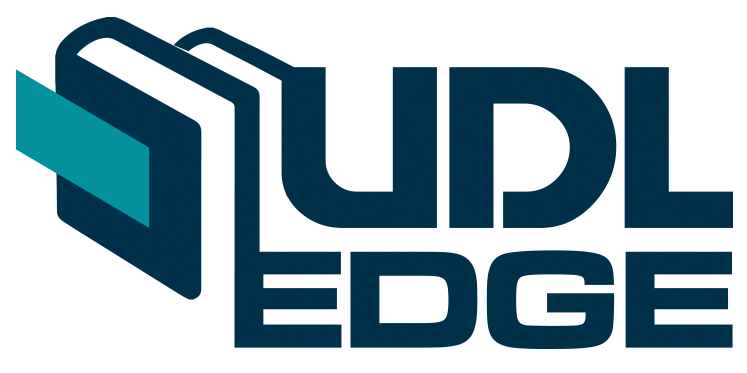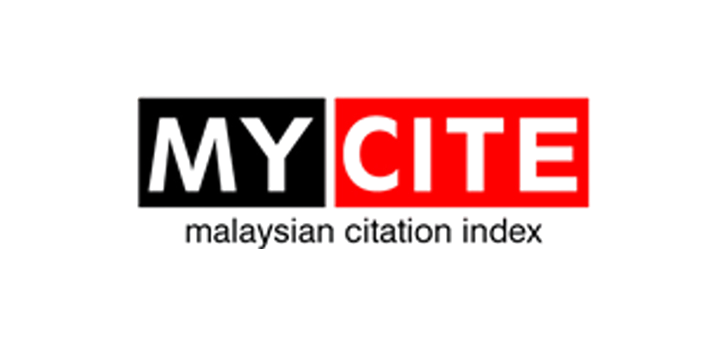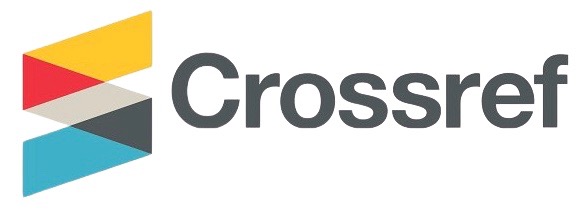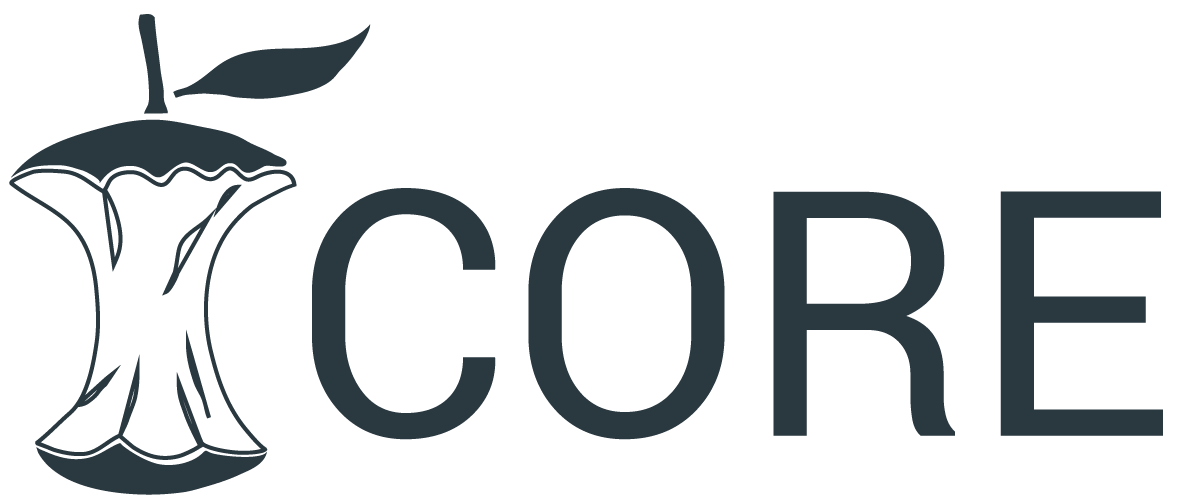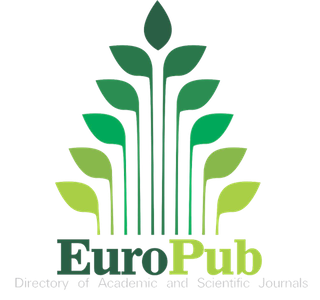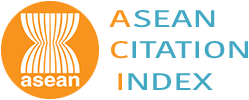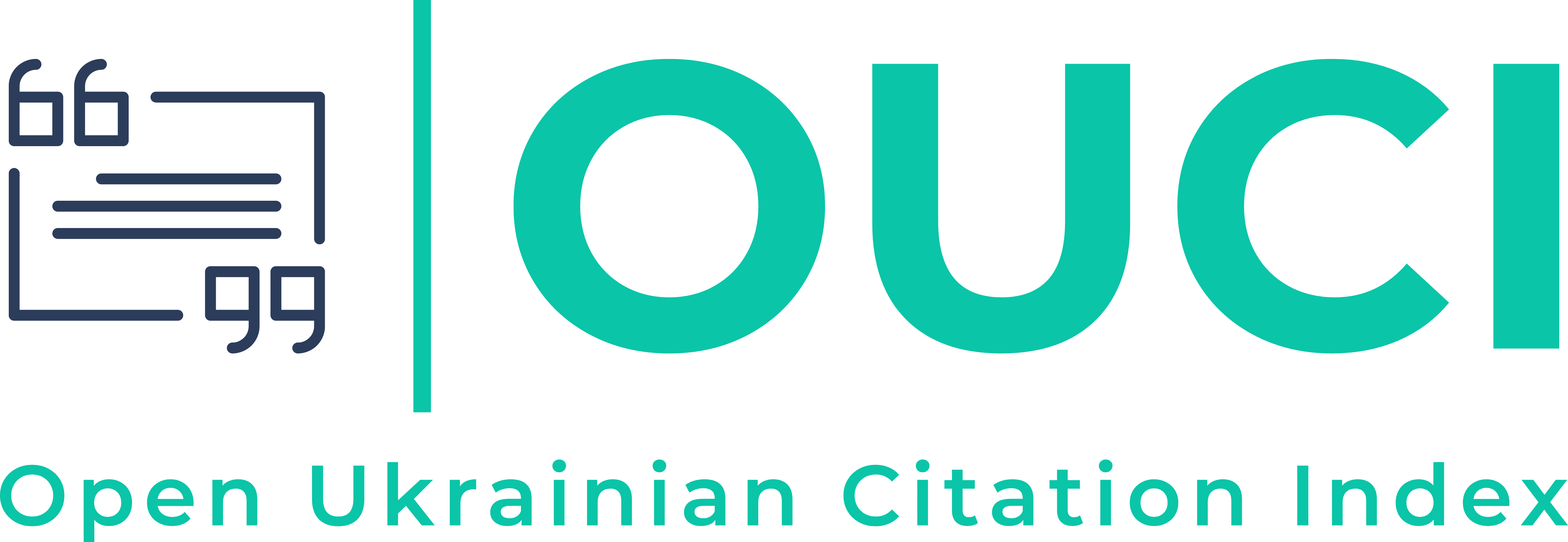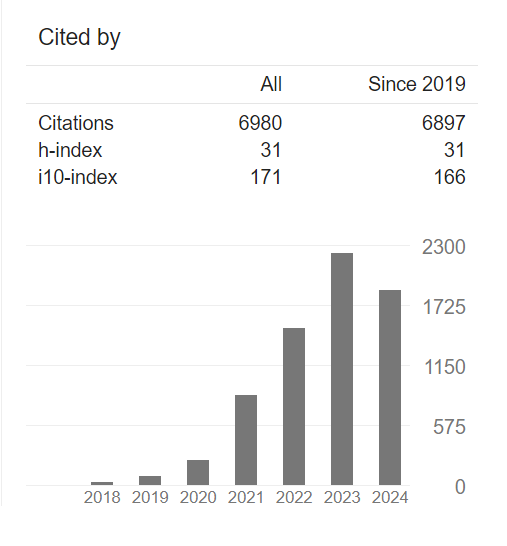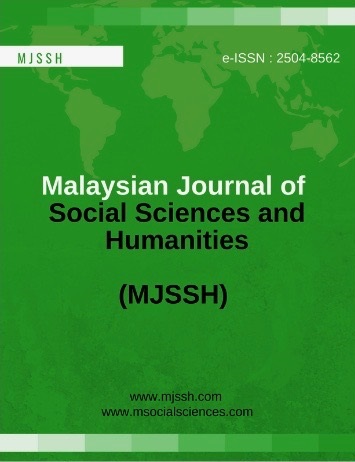Crafting Scholarly Discourse: A Corpus-Based Descriptive Study of Lexical Bundles in Malaysian Postgraduate Theses
Abstract
Academic writing is considered one of the most demanding skills for postgraduate students, particularly in English as a second language (ESL) contexts. Lexical bundles, which are recurrent multiword expressions, are central to academic fluency because they enhance cohesion, support argumentation, and reflect disciplinary conventions. However, research on the use of lexical bundles in Malaysian postgraduate theses remains limited. This study investigates the most frequent four-word lexical bundles in the Findings and Discussion sections of 130 theses from Universiti Putra Malaysia (UPM). The bundles were categorised using Hyland’s (2008) functional taxonomy. A one-million-word corpus, the UPM Findings and Discussion Corpus (UPMFD), was compiled and analysed with AntConc, applying frequency and dispersion thresholds of at least 40 occurrences per million words and presence in at least five texts. The analysis identified 85 four-word bundles. The most frequent bundles, including on the other hand and as shown in figure/table, were predominantly text-oriented. Research-oriented bundles, especially those indicating quantification and location, were also common, while participant-oriented bundles appeared less frequently. The findings suggest that postgraduate writers emphasise textual organisation and statistical reporting but show limited use of stance and engagement. This study highlights the importance of explicit instruction in functional lexical bundles to improve coherence, authorial positioning, and academic competence in postgraduate writing.
Downloads
References
Ädel, A. (2010). Just to give you kind of a map of where we are going: A taxonomy of metadiscourse in spoken and written academic English. Nordic Journal of English Studies, 9(2), 69–97. https://doi.org/10.35360/njes.218
Al Fadda, H. (2012). Difficulties in academic writing: From the perspective of King Saud University postgraduate students. English Language Teaching, 5(3), 123–130. https://doi.org/10.5539/elt.v5n3p123
Alasmary, W. S. (2022). Lexical bundles in mathematics research writing: A corpus-based study of doctoral dissertations and textbooks. Journal of English for Academic Purposes, 55, 101071. https://doi.org/10.1016/j.jeap.2022.101071
Allen, D. (2009). Lexical bundles in learner writing: An analysis of formulaic language in the writing of Japanese undergraduates. English for Specific Purposes, 28(3), 183–196. https://doi.org/10.1016/j.esp.2009.06.001
Altenberg, B. (1998). On the phraseology of spoken English: The evidence of recurrent word-combinations. In A. P. Cowie (Ed.), Phraseology: Theory, analysis, and applications (pp. 101–122). Oxford University Press.
Arsyad, S., Zainurrahman, & Susyla, R. (2014). The problem with writing the Findings and Discussion sections in English: The case of Indonesian postgraduate students. Indonesian Journal of Applied Linguistics, 4(1), 47–57. https://doi.org/10.17509/ijal.v4i1.603
Bahiyah, A. H., Hamid, B. A., Jariah, M. S., & Shamsuddin, S. (2008). Developing a corpus-based resource for language teaching: Lessons from the Malaysian context. Asian Social Science, 4(4), 3–9. https://doi.org/10.5539/ass.v4n4p3
Biber, D., Johansson, S., Leech, G., Conrad, S., & Finegan, E. (1998). Corpus linguistics: Investigating language structure and use. Cambridge University Press.
Biber, D., Conrad, S., & Cortes, V. (2004). If you look at …: Lexical bundles in university teaching and textbooks. Applied Linguistics, 25(3), 371–405. https://doi.org/10.1093/applin/25.3.371
Biber, D., Barbieri, F. (2007). Lexical bundles in university spoken and written registers. English for Specific Purposes, 26(3), 263–286. https://doi.org/10.1016/j.esp.2006.08.003
Biber, D., Conrad, S., & Cortes, V. (2004). If you look at…: Lexical bundles in university teaching and textbooks. Applied Linguistics, 25(3), 371–405. https://doi.org/10.1093/applin/25.3.371
Biber, D., Johansson, S., Leech, G., Conrad, S., & Finegan, E. (1999). Longman grammar of spoken and written English. Pearson.
Brier, A., & Hopp, H. (2011). Corpus linguistics and computational methods. In V. J. Cook & B. Bassetti (Eds.), Language and bilingual cognition (pp. 201–220). Psychology Press.
Byrd, P., & Coxhead, A. (2010). Academic writing formulaic sequences: A teaching resource. University of Michigan Press.
Chen, J., Abdul Aziz, M. S., & Turiman, S. (2024). A comparative analysis of four-word lexical bundles used by postgraduate students in China and America. Theory and Practice in Language Studies, 14(2), 242–250. https://doi.org/10.17507/tpls.1402.12
Chen, Y.-H., & Baker, P. (2010). Lexical bundles in L1 and L2 academic writing. Language Learning & Technology, 14(2), 30–49. http://dx.doi.org/10125/44215
Chen, Y.-H., & Baker, P. (2016). Investigating criterial discourse features across second language development: Lexical bundles in rated learner essays, exam scripts, and assignments. Applied Linguistics, 37(6), 849–880. https://doi.org/10.1093/applin/amu065
Chitravelu, N., Sithamparam, S., & Teh, S. C. (2005). ELT methodology: Principles and practice. Oxford Fajar.
Cortes, V. (2002). Lexical bundles in freshman composition. In R. Reppen, S. M. Fitzmaurice, & D. Biber (Eds.), Using corpora to explore linguistic variation (pp. 131–145). John Benjamins.
Cortes, V. (2004). Lexical bundles in published and student disciplinary writing: Examples from history and biology. English for Specific Purposes, 23(4), 397–423. https://doi.org/10.1016/j.esp.2003.12.001
Creswell, J. W. (2009). Research design: Qualitative, quantitative, and mixed methods approaches (3rd ed.). SAGE Publications.
Dan, S. S., Darmi, R., & Yusof, N. (2024). Directions and limitations in lexical bundle studies: A systematic review of university learners’ academic writing (2017–2022). World Journal of English Language, 14(4), 41–53. https://doi.org/10.5430/wjel.v14n4p41
Darmi, R., & Albion, P. (2013). English language in the Malaysian education system: Its existence and implications. Journal of Language and Culture, 4(1), 90–98. https://doi.org/10.5897/JLC2013.0186
De Cock, S. (1998). A recurrent word combination approach to the study of formulae in the speech of native and non-native speakers of English. International Journal of Corpus Linguistics, 3(1), 59–80. https://doi.org/10.1075/ijcl.3.1.04dec
De Cock, S., Granger, S., Leech, G., & McEnery, T. (1998). An automated approach to the phrasicon of EFL learners. In S. Granger (Ed.), Learner English on computer (pp. 67–79). Addison Wesley Longman.
Dörnyei, Z. (2007). Research methods in applied linguistics. Oxford University Press.
Drouhamane, A. (2016). Lexical bundles in master’s-level finance research articles (Master’s thesis, Colorado State University).
Fedyk, O. (2014). Academic phrasebank: A corpus-based resource for academic writers. Journal of Academic Writing, 4(1), 125–127. https://doi.org/10.18552/joaw.v4i1.126
Granger, S., & Meunier, F. (Eds.). (2008). Phraseology: An interdisciplinary perspective. John Benjamins.
Gries, S. T. (2009). Quantitative corpus linguistics with R: A practical introduction. Routledge.
Halliday, M. A. K. (1994). An introduction to functional grammar (2nd ed.). Edward Arnold.
Hamid, B. A., Bahiyah, A. H., & Shamsuddin, S. (2008). Digitisation and format conversion framework for corpus building. Malaysian Journal of ELT Research, 4, 1–15.
Herbert, T. P. (1989). Research methodology in social sciences. Harper & Row.
Hyland, K. (2008). Academic clusters: Text patterning in published and postgraduate writing. International Journal of Applied Linguistics, 18(1), 41–62. https://doi.org/10.1111/j.1473-4192.2008.00178.x
Hyland, K., & Jiang, F. (2022). Bundles in advanced EAL authors’ articles: How do they compare with world Englishes practices? World Englishes, 41(4), 554–570. https://doi.org/10.1111/weng.12605
Ismail, N. F. B. M., Kamarulzaman, A. S. B., Zainol, N. Z. B., Nordin, N. H. B., & Mohamad Jamil, K. A. B. (2024). Lexical bundle patterns in Malaysian educational texts: A corpus-based analysis of English language textbooks. Malaysian Journal of Social Sciences and Humanities, 9(9), e002986. https://doi.org/10.47405/mjssh.v9i9.2986
Jeyaraj, J. J. (2020). Academic writing challenges among Malaysian students: A review of related studies. GEMA Online Journal of Language Studies, 20(3), 35–52. https://doi.org/10.17576/gema-2020-2003-03
Joharry, S. (2021). Repetitive bundles in Malaysian learner writing: A corpus-based study. Pertanika Journal of Social Sciences & Humanities, 29(1), 345–362. https://doi.org/10.47836/pjssh.29.1.18
Khalit, E. H. E. I., & Filzah, F. (2020). Lexical bundles in Malaysian ESL learner corpora. International Journal of Academic Research in Business and Social Sciences, 10(14), 23– 30. https://doi.org/10.6007/IJARBSS/v10-i14/7359
Lee, J. J., & Chen, Y.-H. (2023). Exploring the role of lexical bundles in postgraduate research writing: A corpus-based analysis. Journal of English for Academic Purposes, 64, 101237. https://doi.org/10.1016/j.jeap.2023.101237
Lynch, J. (2013). Statistical analysis in research writing. Oxford University Press.
Mbodj-Diop, N. B. (2016). Lexical bundles in medical research articles: Structures and functions. Michigan State University.
McEnery, T., Xiao, R., & Tono, Y. (2006). Corpus-based language studies: An advanced resource book. Routledge.
Ngula, R. S. (2020). Functional distribution of lexical bundles in academic writing by Ghanaian postgraduate students. Journal of English for Academic Purposes, 43, 100812. https://doi.org/10.1016/j.jeap.2019.100812
Nik, Y. A., Sani, B., & Hamzah, M. S. G. (2010). A comparative study on the factors affecting the writing performance among Bachelor students. International Journal of Educational Research, 2(3), 1–12.
Pathmanathan, T., Paramasivam, S., Mohamad Ali, H., & Darmi, R. (2024). Lexical bundles across sections of research articles in the business discipline. International Journal of Linguistics, 16(2), 19–35. https://doi.org/10.5296/ijl.v16i2.22431
Pan, F., Reppen, R., & Biber, D. (2016). Comparing patterns of L1 versus L2 English academic professionals: Lexical bundles in published research articles and master’s theses. Journal of English for Academic Purposes, 21, 60–71. https://doi.org/10.1016/j.jeap.2015.11.003
Pan, F., & Liu, Q. (2019). Lexical bundles in Chinese doctoral dissertation writing. Journal of English for Academic Purposes, 41, 100775. https://doi.org/10.1016/j.jeap.2019.100775
Pan, F., & Liu, Q. (2022). Novice and expert use of lexical bundles in academic writing: A corpus-based study. Journal of English Linguistics, 50(1), 34–58. https://doi.org/10.1177/00754242211064523
Patterson, M. (2014). Cohesion and coherence in academic writing. Journal of English for Academic Purposes, 16, 30–41. https://doi.org/10.1016/j.jeap.2014.09.002
Popping, R. (2000). Computer-assisted text analysis. SAGE Publications.
Qin, J. (2020). Lexical bundles in master’s theses in applied linguistics: Variation across rhetorical sections. Journal of English for Academic Purposes, 45, 100846. https://doi.org/10.1016/j.jeap.2020.100846
Rezaie, S. (2020). Lexical bundles in academic writing: A corpus-based study of Iranian EFL learners. Journal of Language and Linguistic Studies, 16(3), 1582–1596. https://doi.org/10.17263/jlls.803861
Rezoug, A., & Vincent, B. (2018). Lexical bundles in Algerian dissertations: A corpus-driven study. International Journal of Applied Linguistics, 28(4), 411–430. https://doi.org/10.1111/ijal.12232
Rianti, N. (2019). Transition signals and coherence in Indonesian student writing. Indonesian Journal of Applied Linguistics, 9(2), 390–401. https://doi.org/10.17509/ijal.v9i2.20263
Römer, U., & O’Donnell, M. B. (2022). Formulaic sequences in academic writing: Disciplinary variation and pedagogical implications. Journal of Second Language Writing, 55, 101882. https://doi.org/10.1016/j.jslw.2021.101882
Salazar, D. (2011). Lexical bundles in native and non-native scientific writing: Applying a corpus-based study to language teaching. John Benjamins.
Samraj, B. (2024). Disciplinary differences in lexical bundle use: A cautionary tale from methodological variations. Journal of English for Academic Purposes, 70, Article 101399. https://doi.org/10.1016/j.jeap.2024.101399
Schmitt, N. (2004). Formulaic sequences: Acquisition, processing, and use. John Benjamins.
Simpson-Vlach, R.bl, & Ellis, N. C. (2010). An academic formulas list: New methods in phraseology research. Applied Linguistics, 31(4), 487–512. https://doi.org/10.1093/applin/amp058
Scott, M. (1996). WordSmith Tools. Oxford University Press.
Singh, A. K. A. S., & Hong, A. L. (2019). Lexical bundles in selected children's fiction: A corpus-based analysis. Journal of Creative Practices in Language Learning and Teaching, 7(2), 12–22. https://cplt.uitm.edu.my/v1/images/v7n2/Article2.pdf
Singh, C. K. S. (2019). Postgraduate students’ perceptions of difficulties in writing the findings and analysis section. 3L: Language, Linguistics, Literature, 25(1), 1–12. https://doi.org/10.17576/3L-2019-2501-01
Sook Beng, T., & Keong, Y. C. (2015). Lexical bundles in Malaysian University English Test passages: A genre-based analysis. Pertanika Journal of Social Sciences & Humanities, 23(2), 507–524.
Stubbs, M. (2007). An example of frequent English phraseology: Distribution, structures, and functions. In R. Facchinetti (Ed.), Corpus linguistics 25 years on (pp. 89–105). Rodopi.
Subramaniam, R., & Kaur, S. (2021). A corpus-driven study on the use of passive verb bundles in academic writing: A comparison between L1 and L2 English speakers. GEMA Online® Journal of Language Studies, 21(4), 64–83. https://doi.org/10.17576/gema- 2021-2104-04
Tarmizi, N. F., & Hussin, S. (2024a). A corpus-based contrastive investigation of epistemic lexical bundles in applied linguistics literature review sections. International Journal of Linguistics, 16(1), 36–51. https://doi.org/10.5296/ijl.v16i1.21835
Tarmizi, N. F., & Hussin, S. (2024b). Interpersonal lexical bundles in literature review texts: The case of “it-bundles.” Journal of Creative Practices in Language Learning and Teaching, 12(1), 36–51. https://journal.uitm.edu.my/ojs/index.php/CPLT/article/view/2415
Travers, R. M. W. (1978). An introduction to educational research (4th ed.). Macmillan.
Vasquez, C., & Basturkmen, H. (2021). Formulaic language in applied linguistics research articles: A corpus-based study. English for Specific Purposes, 63, 48–62. https://doi.org/10.1016/j.esp.2021.02.001
Wang, W., & Li, Y. (2008). Academic writing difficulties of Chinese postgraduate students. Journal of English for Academic Purposes, 7(2), 111–121. https://doi.org/10.1016/j.jeap.2008.02.002
Wei, Y., & Lei, L. (2011). Lexical bundles in the academic writing of advanced Chinese EFL learners. REL C Journal, 42(2), 155–166. https://doi.org/10.1177/0033688211407295
Wesslen, R. (2018). Computational text analysis for social science: Model assumptions and complexity. Political Analysis, 26(3), 1–22. https://doi.org/10.1017/pan.2018.15
Widyaningrum, S. I., Widayanti, N. M. C., & Dewi, K. E. A. (2023). Lexical bundles in educational, science and political articles in the International Journal Directory of Open Access Journals (DOAJ). Advances in Social Science, Education and Humanities Research, 723, 121–128. Atlantis Press. https://doi.org/10.2991/assehr.k.220404.019
Yin, L., & Li, Y. (2021). Disciplinary variation in lexical bundles: Evidence from applied linguistics and finance. Journal of English for Academic Purposes, 49, 100935. https://doi.org/10.1016/j.jeap.2020.100935
Yusof, A., Ismail, A., & Hashim, R. (2025). Exploring English lexical bundles in the methodology chapter of Education doctoral theses. Gading Journal for the Social Sciences, 28(1), 45–61. https://gadingssuitm.com/index.php/gadingss/article/view/554
Zare, J., & Valipouri, L. (2022). Lexical bundles in chemistry research articles: A structural analysis. Frontiers in Psychology, 13, 906641. https://doi.org/10.3389/fpsyg.2022.906641


